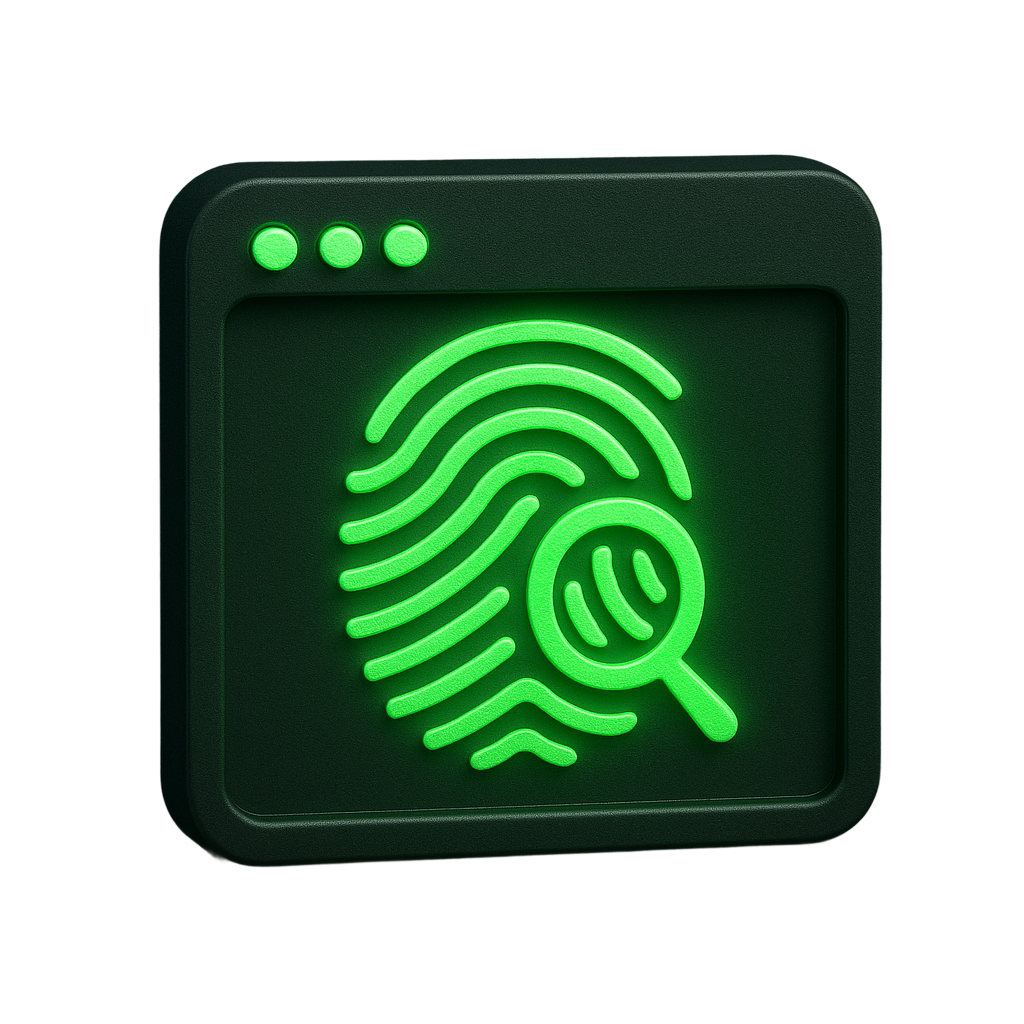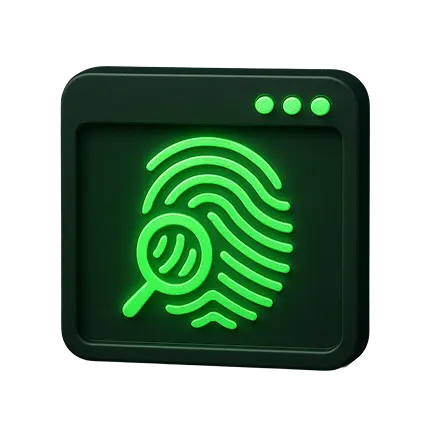
Check your
browser fingerprint

Any check you need
Run all essential browser fingerprint checks from one place to stay undetected
What is Pixelscan?
Pixelscan is an all-in-one multichecker that combines fingerprint analysis, IP and proxy checks, DNS leak detection, bot detection, and blacklist scanning.
It helps you see exactly how websites identify and track your connection, so you can spot leaks and protect your privacy.
What is a browser fingerprint test?
A browser fingerprint test collects technical details from your browser and device—like screen resolution, OS, timezone, language, and WebGL—to create a unique ID. Websites can use this ID to recognize or track you across sessions, even without cookies or logins.
What is canvas fingerprinting?
Canvas fingerprinting is a tracking method where websites use your browser to draw a hidden image. Since every browser and device renders it slightly differently, the result becomes a unique signature that can identify you. Pixelscan detects these differences to show how identifiable your browser is.
How does Pixelscan check browser fingerprints?
Pixelscan gathers data from dozens of fingerprint signals, including canvas rendering, audio context, fonts, WebGL, and HTTP headers. It analyzes these to show how unique your setup is and whether any traits could leak your identity.
How can I tell if my fingerprint is consistent across sessions?
Run the same profile through Pixelscan multiple times without changing settings. If key values like canvas hash, WebGL, and timezone stay the same, your fingerprint is consistent. Even small changes can trigger red flags on websites, so use stable settings and avoid reconfiguring profiles.
Why do I see incosistent results when I run a browser fingerprint test on Pixelscan?
Small changes in IP, resolution, timezone, or extensions between sessions can lead to inconsistent fingerprints. These mismatches often trigger CAPTCHAs or bans. For better consistency, keep your browser settings and environment stable across uses. Check out our article on how to fix it.
How can I check connection and network exposure with Pixelscan? 
- IP Check – Shows your public IP address and geolocation.
- Proxy Check – Detects whether your proxy or VPN hides your real location.
- Disable IPv6 if your VPN or setup doesn’t support it
- DNS Leak Test – Verifies if your DNS requests expose your ISP or true region.
- IP Blacklist Test – Checks if your IP is listed on spam or security blacklists.